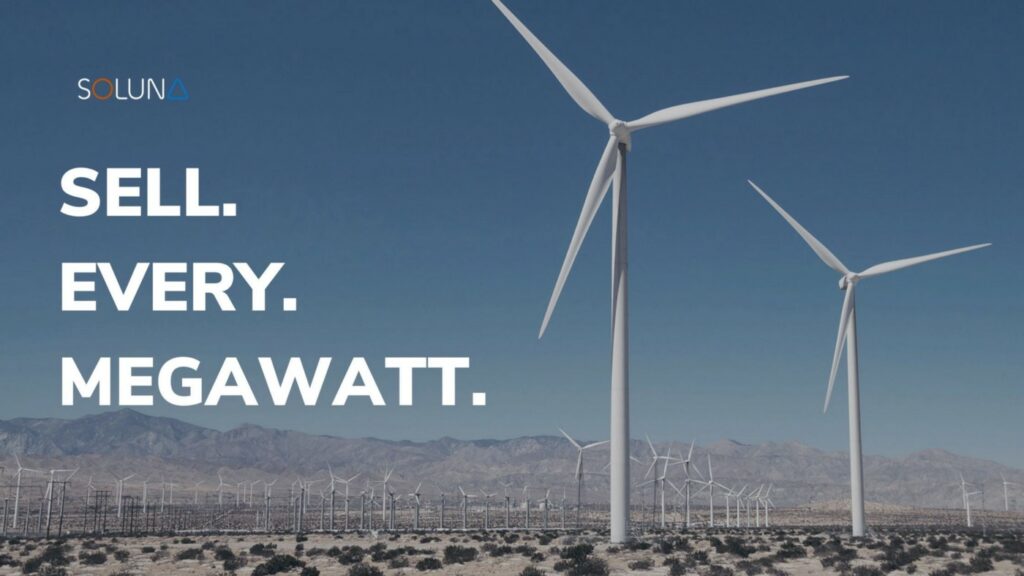By Phillip Ng, VP of Corporate Development
Electricity is the building block of modern economies. The lack of reliable power hinders trade, commerce, health, and security. Countries with low electrification rates do poorly on almost every standard measure of human well-being.
Today, less than one billion of the world’s population remains without access to power. Forty-eight percent of this one billion is in sub-Saharan Africa, though the region only represents 13% of the world’s population [1]. So, the lack of electrification is still very much a problem in Africa.
Below, I have highlighted five ways to help tackle the challenge of powering Africa:
1. Modular Solutions
Grid infrastructure upgrades and extending the grid’s deployment is the most traditional way to improve energy delivery. However, the economics of new grid infrastructure can be challenging. Governments and utilities often don’t have the capital to invest. Low per-capita disposable incomes mean that the return of running wires into rural locations is not viable. Also, many nations have a variety of governance problems relating to their grid infrastructure. The result is that the traditional paradigm — producers, grid, distribution, and consumption — has not been as quick to succeed in Africa.
A new solution is a smaller and more modular power deployment. Thanks to the falling cost of renewables, small-scale wind and solar production (often combined with batteries) are emerging across Africa. In 2016, for example, 600,000 homes in Africa received power from off-grid solar. These off-grid solar deployments are growing at 60%-100% per annum[2].
The deployment of these off-grid or mini-grid consumption projects takes a burden off of national grids. It also increases the rate of electrification by removing the reliance on large, plodding monolithic intuitions.
2. Local pools of capital
Historically, many initiatives driving electrification in Africa have depended on bilateral organizations (such as the IFC, and the African Development Bank) or large, international funds. These organizations have the potential for great impact but may miss out on low-hanging fruit.
These large institutions tend to have minimum ticket sizes. High diligence requirements and the desire to work on large, marquee projects determine what projects these organizations take on, whatever the project merits.
Also, the lack of local context means that international organizations may have difficulty assessing the magnitude of certain risk factors. Without an ability to measure risk, the choice is often to sit on the sideline.
However, as the economies of Africa continue to grow and mature, wealth accumulation means that projects will be able to source capital more locally. Local investors will assess projects in their region with greater focus, context, and understanding. The result is the superior execution of their investment.
Want more capital deployment in Africa? Look locally.
3. Entrepreneurial investors
Historically, project finance structures in Africa and the rest of the world have represented a barrier for development. Project finance return horizons stretch across decades. Thus, project revenues must be truly secure for investors to be willing to lock up their capital. Risk-tolerance thresholds have proven too high a bar, as evidenced by low capital deployment rates.
Part of this problem is a mismatch between the return requirements of investors and the type of revenue guarantee they seek. Long-term power purchase agreements between utilities and private producers represent a type of sovereign liability. National utilities are state-owned and “too important to fail.” Power purchase agreements (PPAs) with private power producers obligate the utility to make payments no matter what, with an implicit government backstop. This obligation is one that many governments are loath to undertake.
Investors who want to succeed in Africa must be willing to challenge the classic project finance mold. They need to experiment with other financial models. This process can be augmented and allow for more project deployments if the state allows structures such as direct private contracts and merchant sales.
4. Structural reforms
Historically, utilities are undercapitalized. In the face of this problem, grids ensure they don’t run out of cash by deferring both new power development and expenditures on maintaining investment infrastructure. Also, utilities often squeeze private producers by not paying on time or at all.
In the short term, this choice makes sense. By deferring, the grid preserves precious capital. Also, private producers generally accept the terms of grid providers–without whom producers are stranded. In the long-term, however, the result is a chilling effect on markets and low levels of new investment.
At its core, the problem is about the allocation of risk between power providers, utilities, and customers. Power plants are large capital outlays, and the investors in these projects expect stable cash flows for decades to come. On the other hand, the grids often have trouble with collecting after transmission: individuals may steal electricity and municipalities let their bills accumulate. As an added burden, many governments have (logically) historically treated electricity as a right. In some cases, these governments offer subsidies — which distort consumption incentives.
Reform of the power sector and greater dependence on market-based forces offer a way to ameliorate some infrastructure burdens. The creation of a truly competitive market and allowing producers and consumers to connect directly makes the power producer the entrepreneur. As a result, behavior, and actions can have a much more direct link–if you don’t pay, you don’t get. Also, it shifts both risk and reward onto the power plant–and through them onto the capital providers. Properly assigning risk and reward in a marketplace removes decision distortions and allows for more efficient deployment of capital.
5. A business model revolution
Though somewhat counterintuitive, creating additional demand on the continent offers a way to improve energy deployment in Africa. The investment decision for power is one of two questions:
- What is the quality of my power source (my cost input)?
- Who will pay me for the power (my revenue input)?
Africa is a continent rich in power resources. However, the problem of who will pay has been a primary barrier to power deployments across Africa.
One solution is to create a “consumer of last resort.” By always having a way to convert electrons to dollars, power producers never have to worry about having stranded production in case they can’t collect from the utility.
Enter blockchain computing.
Bitcoin and other cryptocurrency networks are large and secured by a distributed network of computers. Anyone can join in securing this network. Just show up with a computer, plug-in, and get paid. Network security services can be quite rewarding, and it requires an awful lot of energy-intensive computing power.
Vertically integrating power production with computing can enhance returns for power producers. This offers a diversified revenue stream and is an alternative source of income from the utilities. Also, it means that power producers never have to curtail their excess production.
Conclusion
Lighting up the continent offers the opportunity to take billions of hours of human productivity out of darkness, representing unknown human potential. To date, electricity deployment has been hindered by structural and market issues and a low starting economic base. The solution will be solved through a patchwork of many solutions.
And, we at Soluna are thrilled to be part of it.
[1] Brighter Africa: The growth potential of the sub-Saharan electricity sector, McKinsey & Company
As part of our podcast series, I recently had the chance to interview Andrew Smith-Maxwell of Fieldstone, an independent investment bank that focuses on renewable energy in Africa and other parts of the world. For more information about how to power Africa, watch it here:




